Guinness: how Irish stout became a British obsession
Pubs across Britain are warning supplies could run out in the build-up to Christmas after a rise in popularity
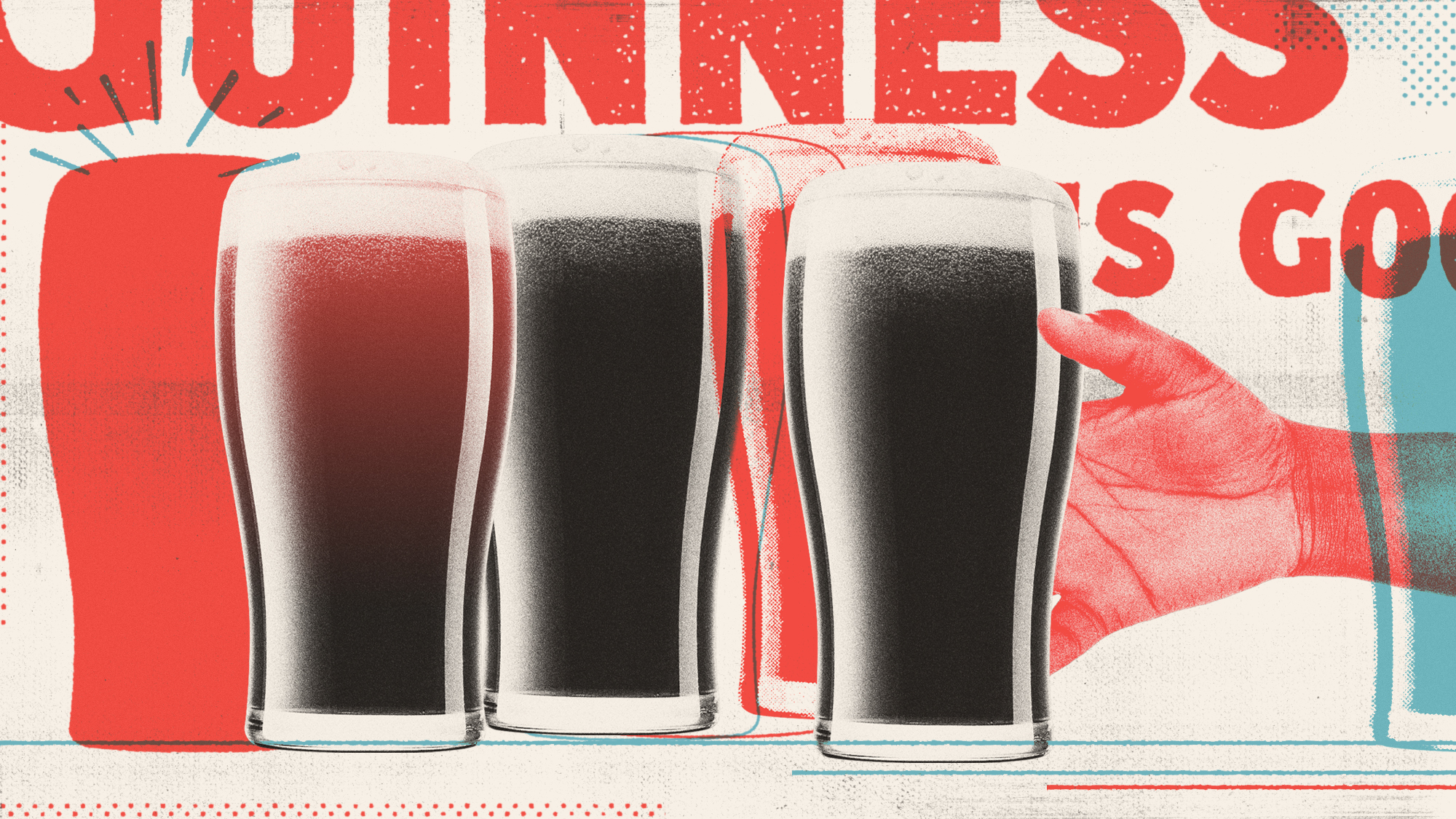
A rapid rise in demand has left pubs across Britain facing a potential shortage of Guinness in the run-up to Christmas.
Distributors have been allocating less than "usual" to pubs to try and "make sure there's enough stock to meet demand", said the BBC. The parent company of the famous Irish stout, Diageo, said it was working as "efficiently as possible" to meet the "exceptional consumer demand for Guinness in GB" over the past month.
The upswing in Guinness' popularity in the past few years has seen it become the "nation’s most popular beer" and has "broken the shackles of stereotype" as a pint for "rugby lads, hearty fellas, stout chaps, anyone with half a connection to Ireland", said The Times.
The Week
Escape your echo chamber. Get the facts behind the news, plus analysis from multiple perspectives.

Sign up for The Week's Free Newsletters
From our morning news briefing to a weekly Good News Newsletter, get the best of The Week delivered directly to your inbox.
From our morning news briefing to a weekly Good News Newsletter, get the best of The Week delivered directly to your inbox.
'Golden age'
The centuries-old stout is "defying an industry setback faced by other brewers" and is "entering its golden age", said Fortune. Diageo has leant into growing social media hype around the drink and the "level of detail that goes into pouring it", with no other brewer able to compete with the "quality-based exclusivity" of Guinness, which makes up a "big part of its charm".
The social media "Guinnflencers" and trends like "splitting the G" (where your first swig leaves the beer level halfway up the letter G on the glass) have "helped Guinness shift its old-man reputation" and its "demographic is getting younger", said The Drum.
According to the most recent YouGov data, Guinness is the most recognisable beer brand (alongside Heineken), and is currently the second most popular beer or cider behind San Miguel (which has also experienced a recent popularity surge). That data also suggests it is growing in popularity with women, while Diageo's own data said consumption "is up 24% among women".
There hasn't been "any big marketing push from the brand in recent years" (although it has partnered with the Premier League this season) but the "free marketing" it has received from "cool sections of the internet without spending a penny" has led to an "increased pick-up of millennial drinkers between 25 and 44", said Fortune.
A free daily email with the biggest news stories of the day – and the best features from TheWeek.com
There are "parallels between Guinness’s renaissance and the growth of craft beer", said Fortune, but the latter's more recent surge in popularity may be a "backlash to the craft ale trend" that has been so prominent over the "past decade", said GQ.
'Hard to provide an alternative'
Guinness, like most other leading beers, is produced by a "global drinks conglomerate", but its unique appeal is partly down to its history, said The Times. It has a "sense of rootedness" against the "backdrop of endless and interchangeable craft beers that spring up and fade away", making competing with it or finding a popular alternative extremely challenging.
The "uniqueness of Guinness" makes it hard to come up with an alternative, said the BBC. Some pubs have been "stocking up on Murphy's", but that has led to its brewer "limiting allocations" as well.
Diageo has to be careful not to "overproduce" to meet the "temporary mismatch between supply and demand", Professor Michael Lewis, a supply chain and manufacturing expert from the University of Bath, told the i news site. Guinness lasts only "around two to three months in an unopened keg", leaving the brewer with a "constant battle to keep the capacity and demand in check".
Richard Windsor is a freelance writer for The Week Digital. He began his journalism career writing about politics and sport while studying at the University of Southampton. He then worked across various football publications before specialising in cycling for almost nine years, covering major races including the Tour de France and interviewing some of the sport’s top riders. He led Cycling Weekly’s digital platforms as editor for seven of those years, helping to transform the publication into the UK’s largest cycling website. He now works as a freelance writer, editor and consultant.
-
 Why is Trump’s alleged strike on Venezuela shrouded in so much secrecy?
Why is Trump’s alleged strike on Venezuela shrouded in so much secrecy?TODAY'S BIG QUESTION Trump’s comments have raised more questions than answers about what his administration is doing in the Southern Hemisphere
-
 Vance’s ‘next move will reveal whether the conservative movement can move past Trump’
Vance’s ‘next move will reveal whether the conservative movement can move past Trump’Instant Opinion Opinion, comment and editorials of the day
-
 Why recognizing Somaliland is so risky for Israel
Why recognizing Somaliland is so risky for IsraelTHE EXPLAINER By wading into one of North Africa’s most fraught political schisms, the Netanyahu government risks further international isolation
-
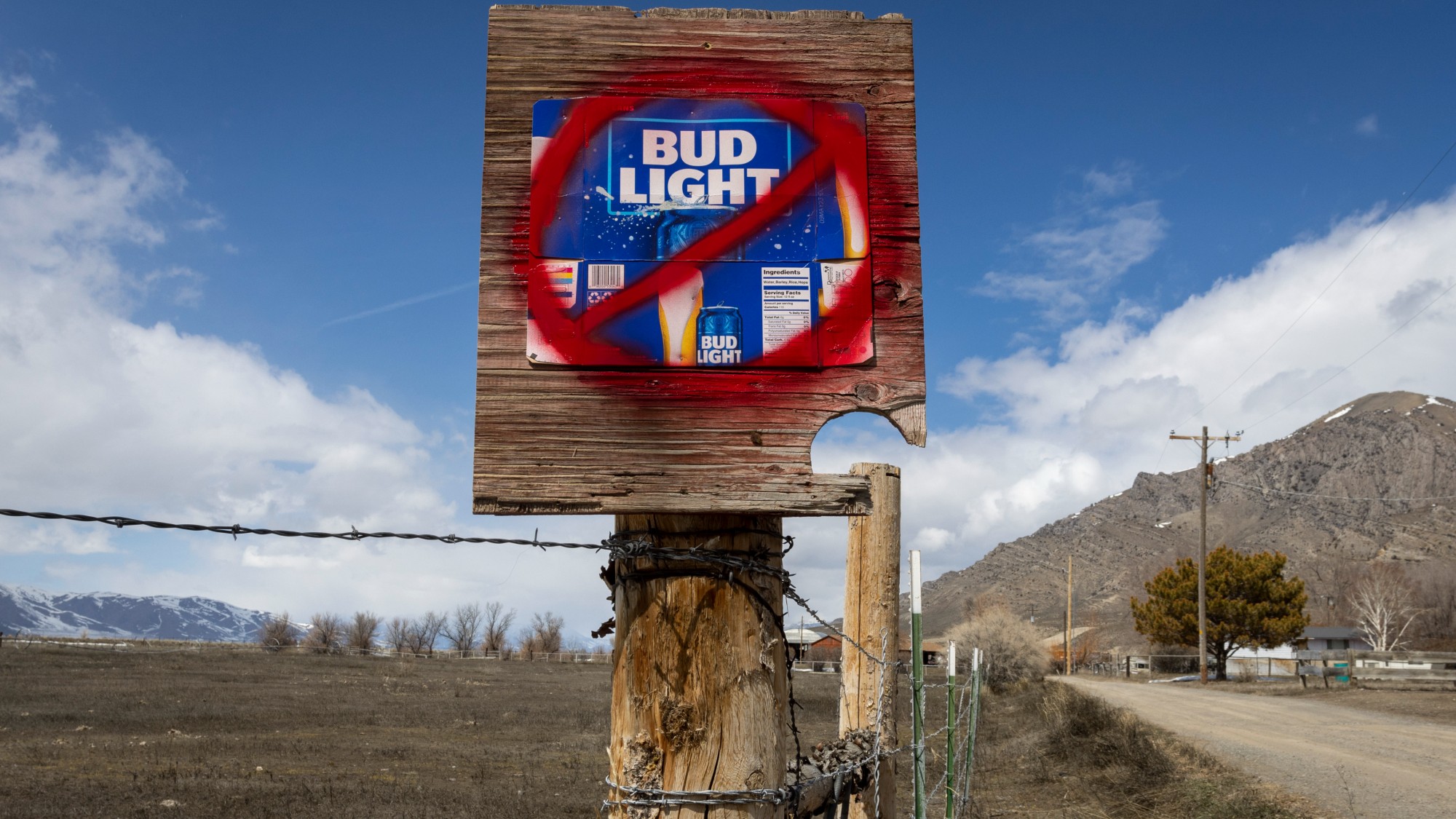 How Maga fell out of love with beer
How Maga fell out of love with beerIn The Spotlight Right-wingers in the US have boycotted beverage brands that fell foul of culture war, and now some are going fully sober
-
 Soju: where to start with South Korea's national spirit
Soju: where to start with South Korea's national spiritThe Week Recommends The rice-based drink can replace gin or vodka in traditional cocktails for a refreshing twist on the classics
-
 A boozy weekend at the Mauritian Rum Festival
A boozy weekend at the Mauritian Rum FestivalThe Week Recommends Sample the idyllic island's finest spirits at Beachcomber's week-long event
-
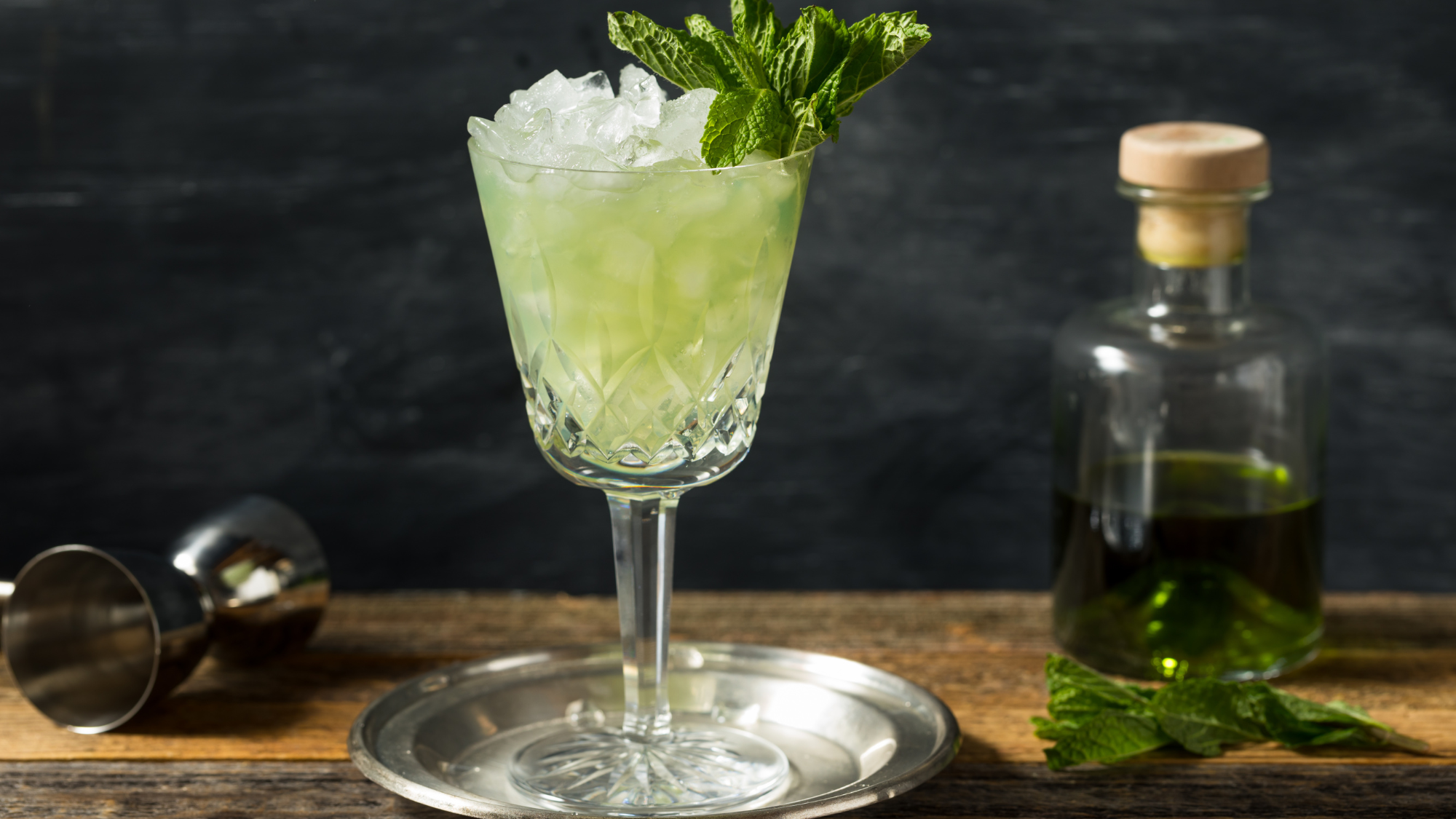 The revival of absinthe
The revival of absintheThe Week Recommends The once-banned 'green fairy' is back in demand in cocktail bars around the UK
-
 7 drinks for every winter need possible
7 drinks for every winter need possibleThe Week Recommends Including a variety of base spirits and a range of temperatures
-
 The best non-alcoholic fizz for Christmas
The best non-alcoholic fizz for ChristmasThe Week Recommends Add some quality, booze-free sparkle to your festive drinks list
-
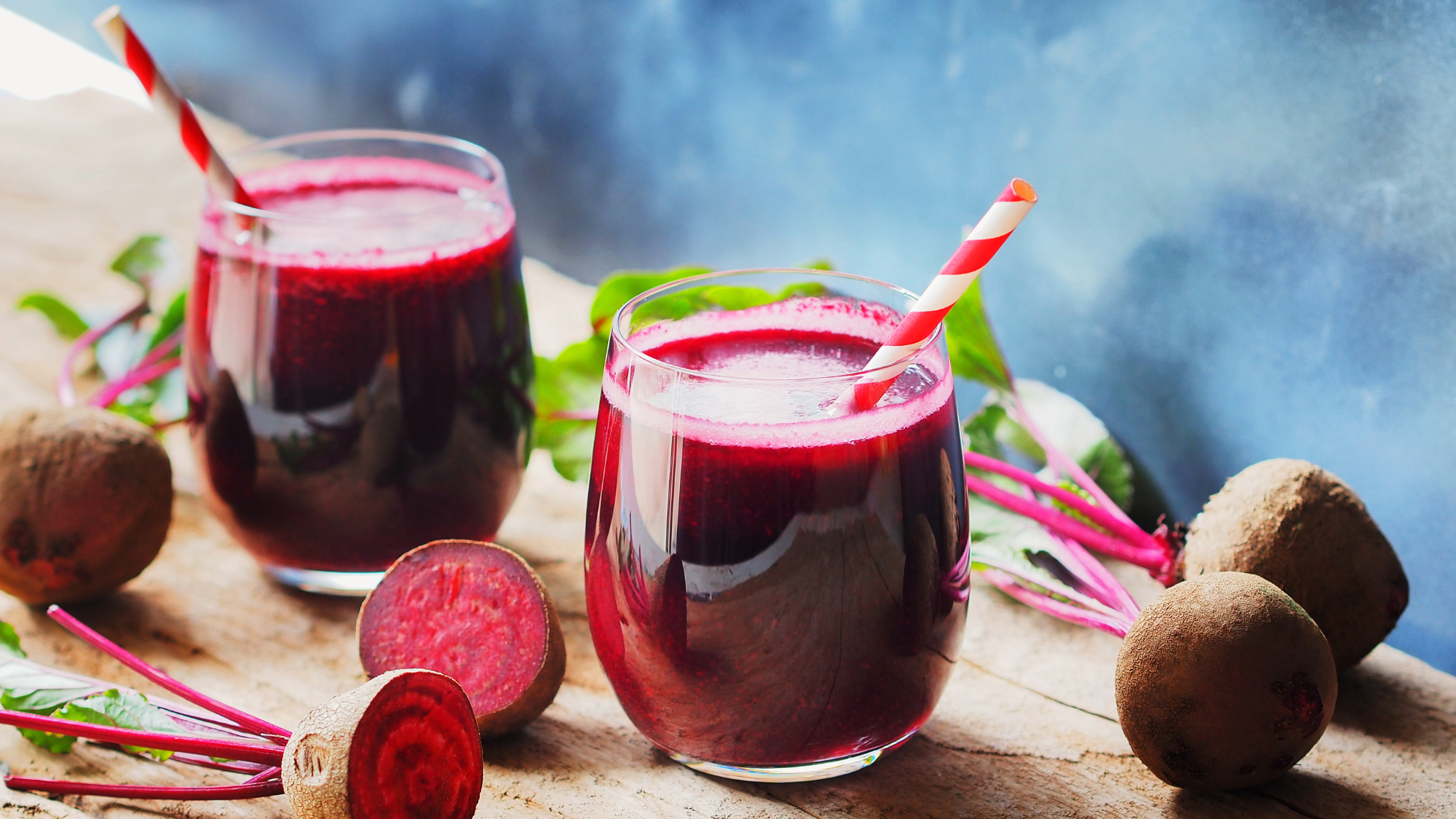 Vegetable cocktails are having a moment
Vegetable cocktails are having a momentThe Week Recommends Wild carrot margarita? Mung bean old-fashioned? 'Allotment-inspired' tipples are appearing on drinks menus
-
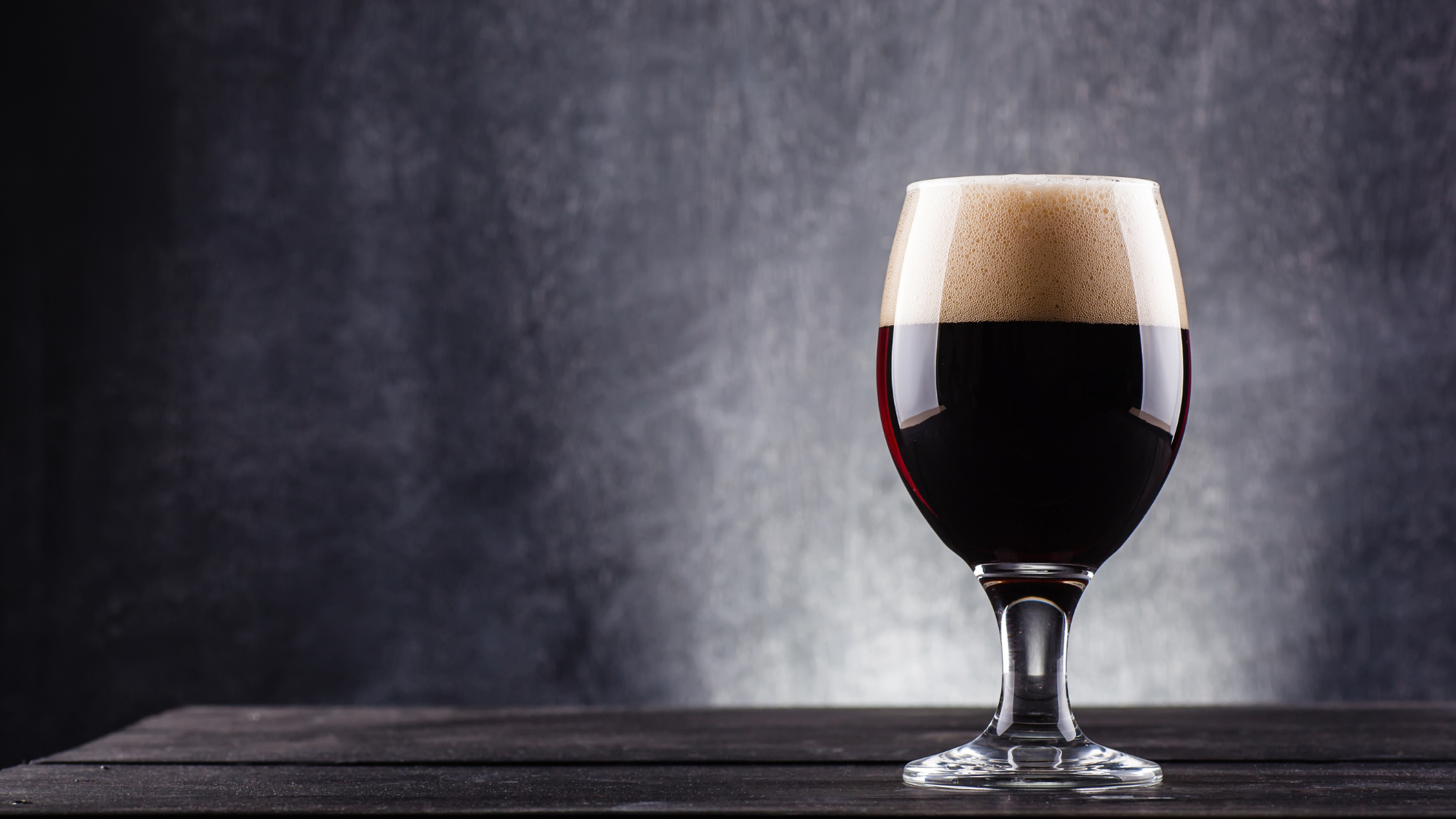 Stout revival: a new chapter for the dark beer
Stout revival: a new chapter for the dark beerThe Week Recommends The dark beer has shaken off its 'rugby lad' image and is appealing to a wider demographic